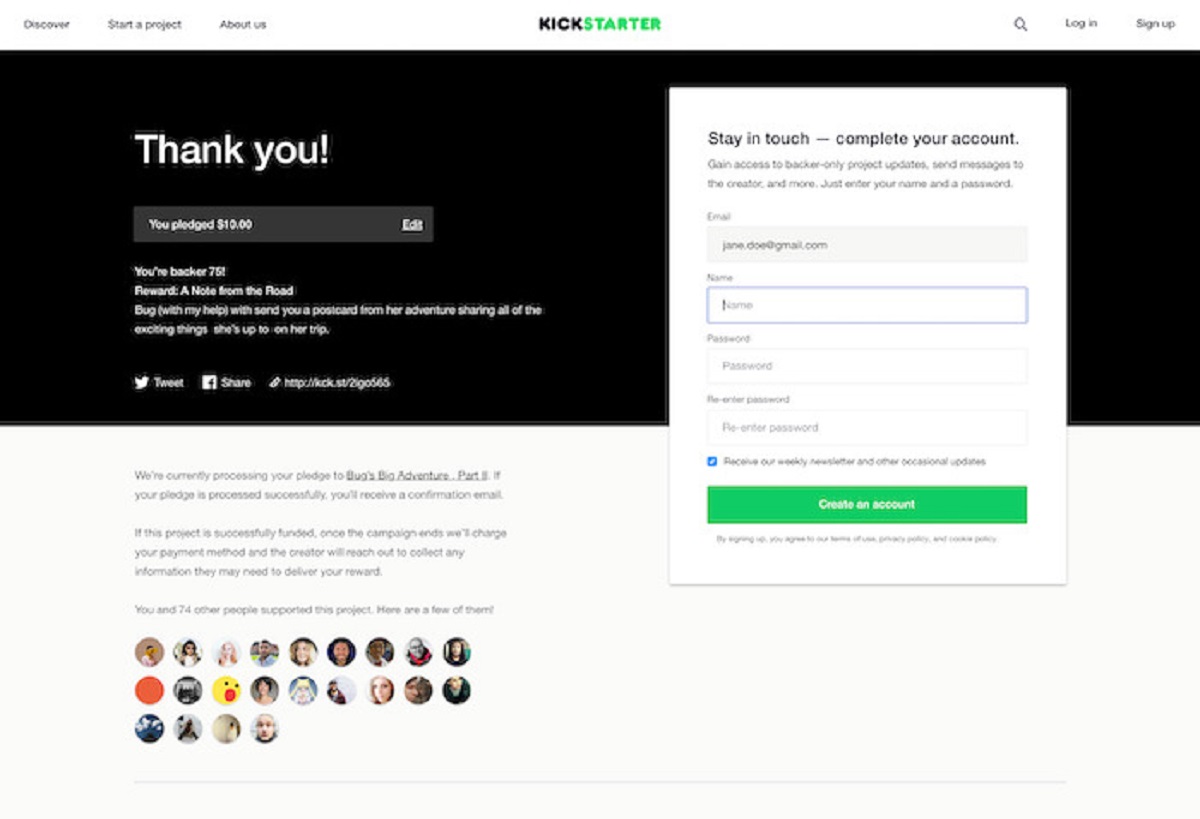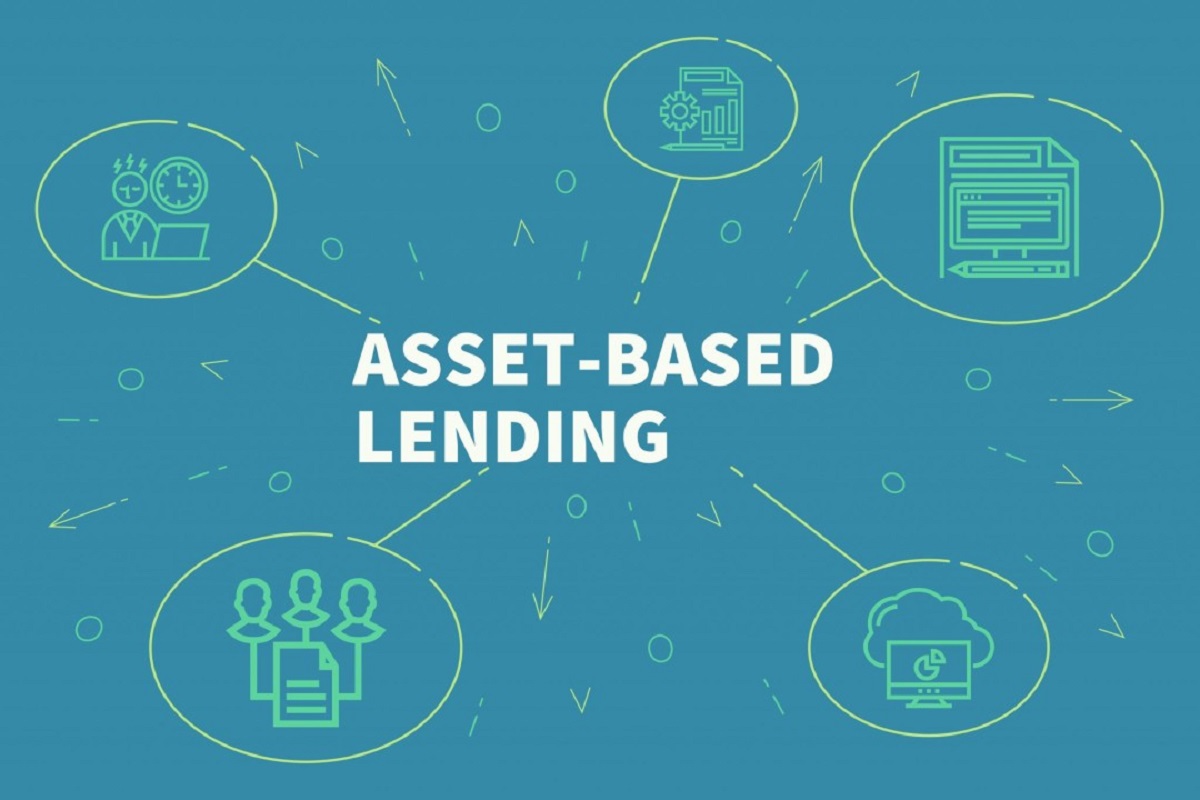Introduction
Welcome to the world of banking, where various financial instruments and mechanisms are used to facilitate transactions, manage risks, and provide financial services. One such mechanism is “pledge,” which plays a crucial role in the banking industry.
Pledge, in the context of banking, is a legal arrangement where a borrower offers a valuable asset as collateral to obtain a loan or credit facility from a lender. It is a form of security provided to the lender to mitigate the risk of default. The pledged asset serves as a guarantee that the borrower will fulfill their repayment obligations.
The concept of pledge has been prevalent for centuries and is deeply rooted in the principles of trust and accountability. It provides a level of assurance to lenders that they possess a tangible asset that can be liquidated in the event of default. This security allows banks and financial institutions to offer loans and credit at favorable terms, as the risk of non-payment is reduced.
Pledge is commonly used in various banking transactions, such as business loans, mortgage loans, and even personal loans. It is a vital component in assessing the creditworthiness of borrowers, as the pledged asset adds an additional layer of security.
Throughout this article, we will explore the different types of pledge in banking, the purpose it serves, the process involved, and the rights and responsibilities of the parties involved. We will also delve into the potential risks and considerations associated with pledge arrangements.
So, let’s dive into the world of pledge in banking and unravel its importance and intricacies.
Definition of Pledge
Before delving deeper into the various aspects of pledge in banking, it is essential to have a clear understanding of what pledge actually means in this context.
Pledge, in simple terms, refers to the act of providing a valuable asset or property as security for a loan or credit facility. The asset offered as collateral is typically held by the lender until the borrower fulfills their repayment obligations.
In the banking industry, pledge is a legal arrangement governed by specific terms and conditions outlined in a pledge agreement. The agreement clearly defines the rights and responsibilities of both the borrower and the lender.
The asset provided as security can vary depending on the type of loan and the preferences of the lender. It can be a physical asset, such as real estate or vehicles, or intangible assets like stocks, bonds, or investments.
Once the borrower pledges the asset, it becomes the property of the lender until the loan is repaid in full. If the borrower fails to fulfill their repayment obligations, the lender has the right to sell the pledged asset to recover the outstanding debt.
Pledge is often used synonymously with the term “collateral,” as both involve providing security against a loan. However, pledge specifically refers to the act of offering an asset as security, while collateral is the asset itself offered in the pledge arrangement.
It is important to note that pledge differs from other forms of security, such as mortgages or guarantees. In a mortgage, the borrower pledges their property as security for a loan, while in a guarantee, a third party becomes responsible for the loan if the borrower defaults. Pledge, on the other hand, involves the direct transfer of ownership of the asset to the lender until the loan is fully repaid.
Now that we have a clear understanding of the definition of pledge in banking, let’s explore the different types of pledge that exist in the banking industry.
Types of Pledge in Banking
When it comes to pledge in banking, there are several types that borrowers and lenders can choose from based on the nature of the loan and the asset being pledged. Let’s explore some of the common types of pledge in the banking industry:
- Real Estate Pledge: In this type of pledge, borrowers offer their immovable properties, such as land, houses, or commercial buildings, as collateral for a loan. The lender holds the property title until the loan is repaid, and in case of default, they have the right to sell the property to recover their funds.
- Personal Property Pledge: This type of pledge involves the use of movable assets, including vehicles, equipment, or valuable possessions like jewelry. The lender takes possession of the pledged asset until the loan is satisfied, and if the borrower fails to repay, the asset can be sold to cover the outstanding debt.
- Financial Asset Pledge: Financial assets, such as stocks, bonds, or investment portfolios, can also be pledged as collateral. The lender has the authority to hold the asset until the loan is paid off, and they may sell the assets in case of default.
- Accounts Receivable Pledge: This type of pledge involves using accounts receivable as collateral for a loan. Businesses can pledge their outstanding invoices or customer payments to secure financing. In case of non-payment, the lender has the right to collect the unpaid receivables directly from the customers.
- Blanket Pledge: In a blanket pledge, borrowers provide multiple assets as collateral for a loan. This type of pledge is commonly used in business financing, where a diverse range of assets, such as inventory, equipment, and accounts receivable, are collectively pledged to secure the loan.
These are just a few examples of the types of pledges that exist in the banking industry. The specific type of pledge chosen depends on the nature of the loan, the preferences of the lender, and the assets available for collateral.
Now that we have explored the different types of pledge, let’s move on to understanding the purpose of pledge in banking.
Purpose of Pledge in Banking
Pledge plays a crucial role in the banking industry, serving various purposes that benefit both borrowers and lenders. Let’s delve into some key purposes of pledge in banking:
- Security for Lenders: The primary purpose of pledge is to provide security to lenders. By pledging valuable assets as collateral, borrowers provide a level of assurance to lenders that they have a tangible asset that can be liquidated in case of default. This reduces the risk associated with lending and allows lenders to offer loans at favorable terms.
- Risk Mitigation: Pledge helps in mitigating the risk for lenders. By offering an asset as collateral, borrowers are motivated to fulfill their repayment obligations to avoid losing the pledged asset. This ensures that lenders have a stronger position in recovering their funds in case of default.
- Access to Credit: Pledge allows borrowers to access credit facilities that they may not otherwise be eligible for. By providing an asset as security, borrowers demonstrate their commitment and ability to repay, making them more creditworthy in the eyes of lenders. This enables borrowers to secure loans and credit at better terms and interest rates.
- Lower Interest Rates: Pledge can result in lower interest rates for borrowers. Since the risk is reduced for lenders when they have collateral, they are more inclined to offer loans at lower interest rates. This can lead to significant cost savings for borrowers in the long run.
- Flexible Loan Terms: Pledge provides borrowers with the flexibility to negotiate favorable loan terms. With the security of an asset, borrowers can negotiate longer repayment periods, smaller down payments, and more flexible payment schedules, making loan repayment more manageable.
Overall, the purpose of pledge in banking is to create a mutually beneficial arrangement where lenders have security and reduced risk, while borrowers have access to credit, better terms, and lower interest rates.
Now that we have understood the purpose of pledge in banking, let’s move on to the next section, where we will explore the process involved in a pledge agreement.
Process of Pledge in Banking
The process of pledge in banking involves several steps that both borrowers and lenders need to follow to establish a valid pledge agreement. Let’s outline the typical process involved in a pledge arrangement:
- Loan Application: The process begins with the borrower submitting a loan application to the lender. The application includes details about the borrower’s financial profile, the purpose of the loan, and the requested loan amount.
- Asset Evaluation: Once the loan application is received, the lender conducts an evaluation of the asset being offered as collateral. This evaluation helps the lender determine the value of the asset and assess its suitability as security for the loan.
- Pledge Agreement: If the asset is deemed acceptable, both parties enter into a pledge agreement. This legally binding agreement outlines the terms and conditions of the pledge, including the rights and responsibilities of both the borrower and the lender.
- Asset Transfer: As part of the pledge agreement, the borrower transfers the ownership of the pledged asset to the lender. This transfer often involves documentation, such as the signing of legal deeds or the registration of the asset in the name of the lender.
- Loan Disbursement: Once the asset is transferred, the lender disburses the loan amount agreed upon in the pledge agreement to the borrower. The loan can be provided as a lump sum or in installments, depending on the terms of the loan.
- Loan Repayment: The borrower is then responsible for repaying the loan amount according to the agreed-upon terms, including the repayment schedule and interest rates. Failure to repay the loan may result in the lender exercising their rights to sell the pledged asset to recover their funds.
- Release of Pledge: Once the loan is repaid in full, the lender releases the pledge on the asset. This involves transferring the ownership back to the borrower and issuing necessary documentation to confirm the release of the pledge.
It is important to note that the process of pledge may vary depending on the specific requirements of the lender and the type of asset being pledged. Consulting with legal and financial professionals is advisable to ensure compliance with applicable laws and regulations.
Now that we have learned about the process of pledge in banking, let’s move on to understanding the rights and responsibilities of the parties involved in a pledge agreement.
Rights and Responsibilities of Parties in Pledge
When entering into a pledge agreement in banking, both the borrower and the lender have specific rights and responsibilities. Understanding these rights and responsibilities is crucial for a successful pledge arrangement. Let’s explore the rights and responsibilities of each party:
Rights and Responsibilities of the Borrower:
1. Ownership: The borrower retains ownership of the pledged asset until there is a default on the loan. However, during the pledge period, the borrower must refrain from selling or encumbering the asset without the lender’s consent.
2. Use of Asset: The borrower can continue using the pledged asset for its intended purpose, unless stated otherwise in the pledge agreement. This allows the borrower to derive benefits from the asset while fulfilling their loan obligations.
3. Repayment: It is the borrower’s responsibility to repay the loan in accordance with the agreed-upon terms. This includes making timely payments, adhering to the repayment schedule, and paying any applicable interest or fees outlined in the pledge agreement.
4. Maintenance: The borrower is responsible for maintaining the condition and value of the pledged asset. This includes necessary repairs, insurance coverage, and ensuring that the asset remains in good condition and free from any liens or encumbrances.
Rights and Responsibilities of the Lender:
1. Control of Asset: The lender has the right to take control and possession of the pledged asset until the loan is fully repaid. This allows the lender to protect their interests and exercise their rights in case of default by the borrower.
2. Sale of Asset: In the event of default, the lender has the right to sell the pledged asset in order to recover the loan amount. The lender must follow legal procedures and provide proper notice to the borrower before selling the asset.
3. Protection of Rights: The lender has the responsibility to protect their rights against any actions that might jeopardize the pledged asset’s value or their ability to recover the loan amount. This may include taking legal action or seeking remedies if the borrower fails to fulfill their obligations.
4. Confidentiality: The lender must maintain the confidentiality of the borrower’s personal and financial information obtained during the pledge process. This ensures the protection of the borrower’s privacy and compliance with applicable privacy laws.
Both parties should carefully review the pledge agreement, understand their rights and responsibilities, and ensure compliance with the agreed terms. Seeking professional advice from legal and financial experts is recommended to ensure a smooth and transparent pledge arrangement.
Now that we have explored the rights and responsibilities of the parties involved, let’s move on to discussing the potential risks and considerations associated with pledge in banking.
Risk and Considerations in Pledge
While pledge in banking can provide significant benefits to both borrowers and lenders, it is crucial to be aware of the potential risks and considerations involved. Let’s explore some of the key risks and considerations associated with pledge in banking:
1. Asset valuation:
There is a risk of disagreement between the borrower and the lender regarding the valuation of the pledged asset. The value of the asset may fluctuate over time, and a fair and accurate appraisal is essential to ensure a balanced pledge agreement.
2. Market volatility:
If the pledged asset is tied to the financial markets, such as stocks or bonds, there is a risk of market volatility. A sudden decline in the value of the asset can affect the lender’s ability to recover the loan amount in case of default by the borrower.
3. Possibility of default:
There is a risk that the borrower may default on the loan, leading to the sale of the pledged asset by the lender. This can result from various factors, including financial difficulties, business downturns, or unexpected circumstances. Both parties must carefully consider the financial stability and repayment capabilities of the borrower.
4. Insufficient collateral:
There is a risk that the value of the pledged asset may not be sufficient to cover the outstanding loan amount if the borrower defaults. Lenders need to carefully evaluate the collateral to ensure it has adequate value and liquidity to serve as proper security for the loan.
5. Legal and regulatory compliance:
Both borrowers and lenders need to ensure compliance with applicable laws and regulations related to pledging assets as collateral. Failure to adhere to legal requirements can result in penalties or the invalidation of the pledge agreement, compromising the rights and protections of both parties.
6. Release of pledge:
Once the loan is repaid in full, the lender must release the pledge on the asset. Delays or errors in the release process can cause inconvenience and potential disputes between the borrower and the lender.
7. Impact on credit score:
Pledging assets as collateral can impact the creditworthiness of the borrower. In case of default, the lender may report the non-payment to credit bureaus, negatively affecting the borrower’s credit score and future borrowing opportunities.
Considering these risks and considerations is crucial for both borrowers and lenders when entering into a pledge agreement. Proper due diligence, clear communication, and professional advice can help mitigate these risks and ensure a smoother pledge process.
Now that we have explored the potential risks and considerations in pledge arrangements, let’s move on to the concluding section of this article.
Conclusion
Pledge plays a crucial role in the banking industry, providing security for lenders and access to credit for borrowers. The act of pledging valuable assets as collateral enhances trust and mitigates risk in lending transactions. Whether it is real estate, personal property, financial assets, or accounts receivable, the pledge allows borrowers to utilize their existing assets to secure loans and credit.
Throughout this article, we have explored the definition of pledge in banking, the various types of pledge, and the purpose it serves. We have also discussed the process involved in a pledge agreement, as well as the rights and responsibilities of both borrowers and lenders. Additionally, we have examined the potential risks and considerations that both parties need to be aware of when entering into a pledge arrangement.
It is important for borrowers and lenders to carefully assess the value and liquidity of the pledged asset, understand the terms and conditions outlined in the pledge agreement, and comply with legal and regulatory requirements. Seeking professional advice when necessary can help ensure a smooth and transparent pledge process.
Ultimately, pledge in banking provides a mutually beneficial arrangement where lenders have security and reduced risk, while borrowers have access to credit, better terms, and lower interest rates. By understanding the intricacies and considerations of pledge, individuals and businesses can make informed decisions and leverage this mechanism to achieve their financial goals.

























